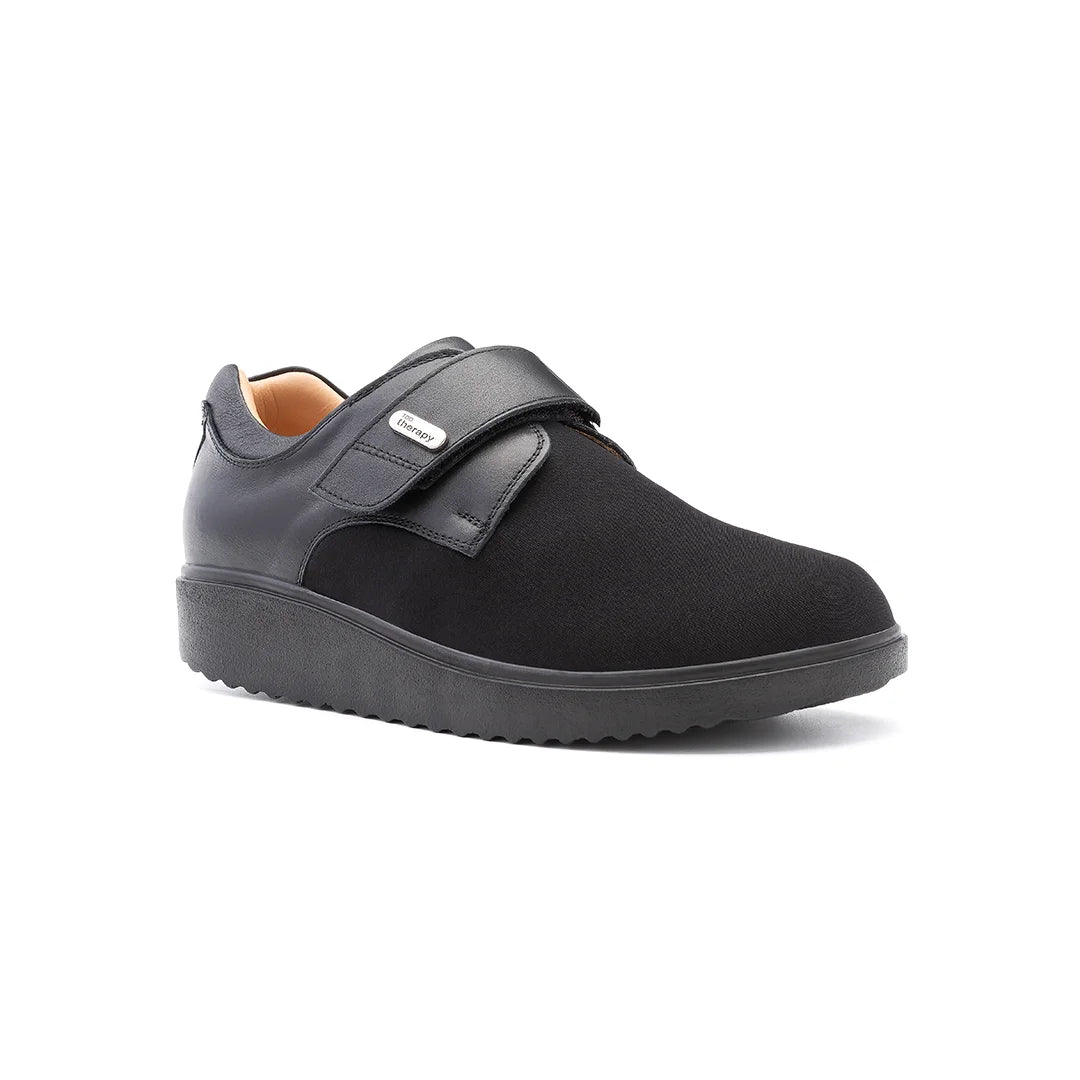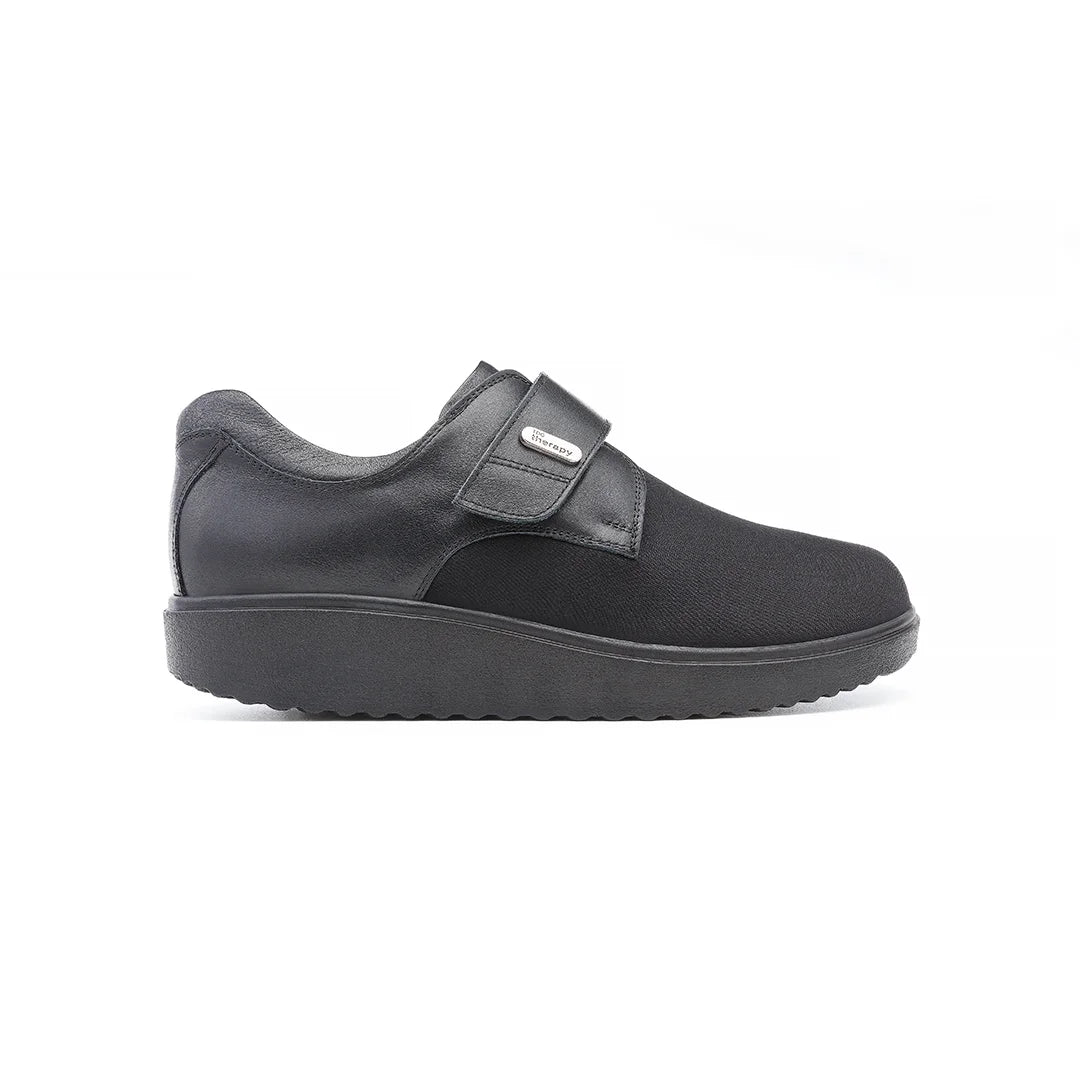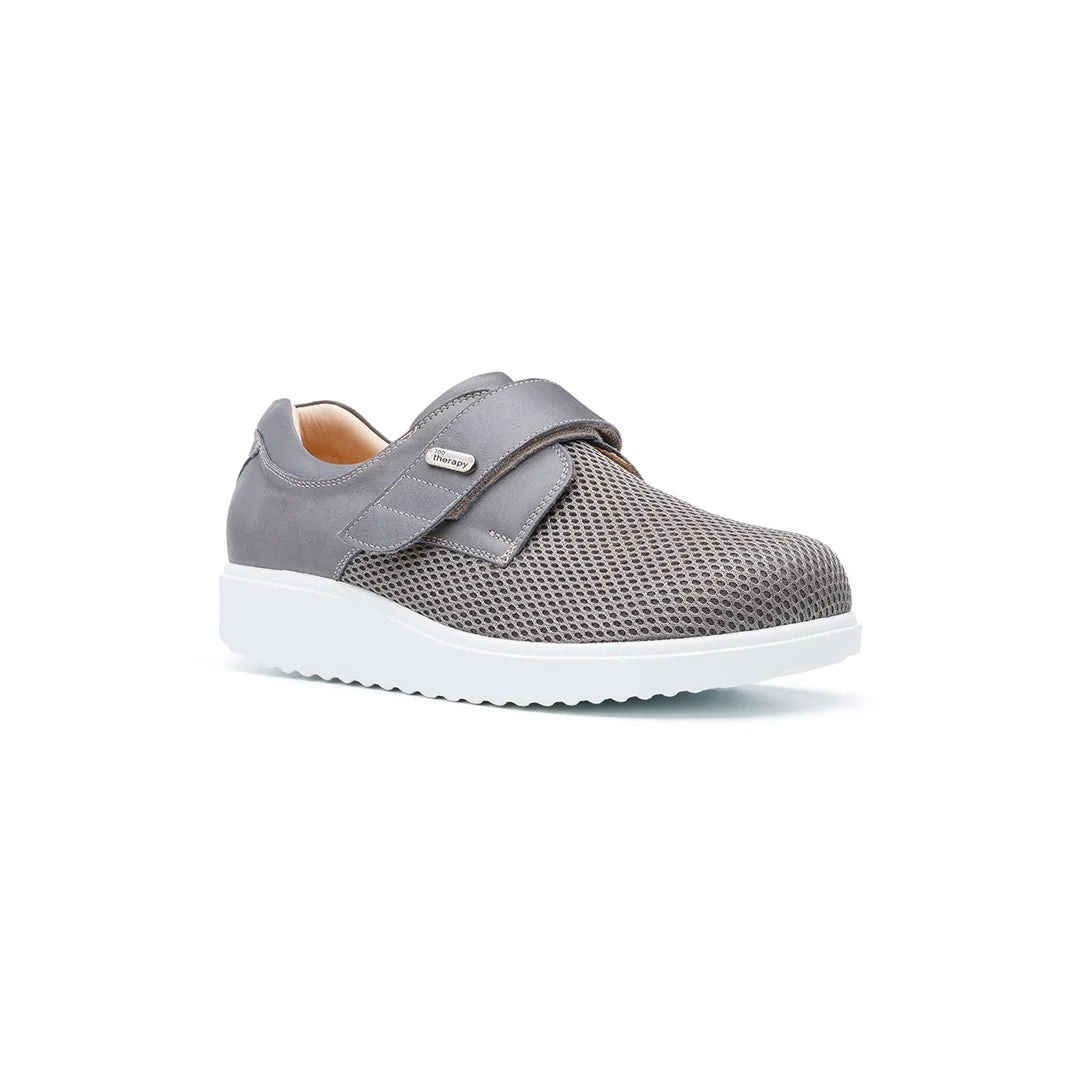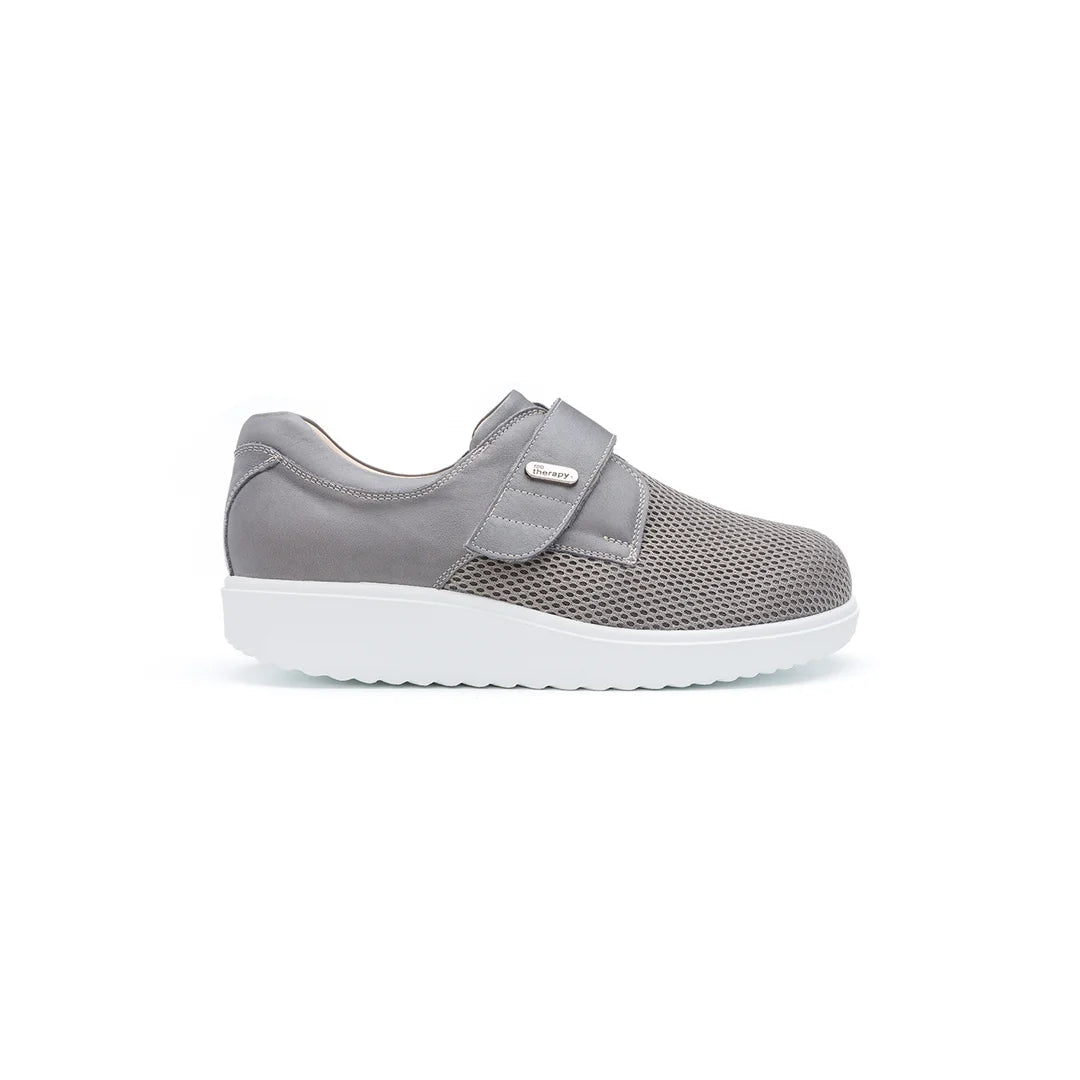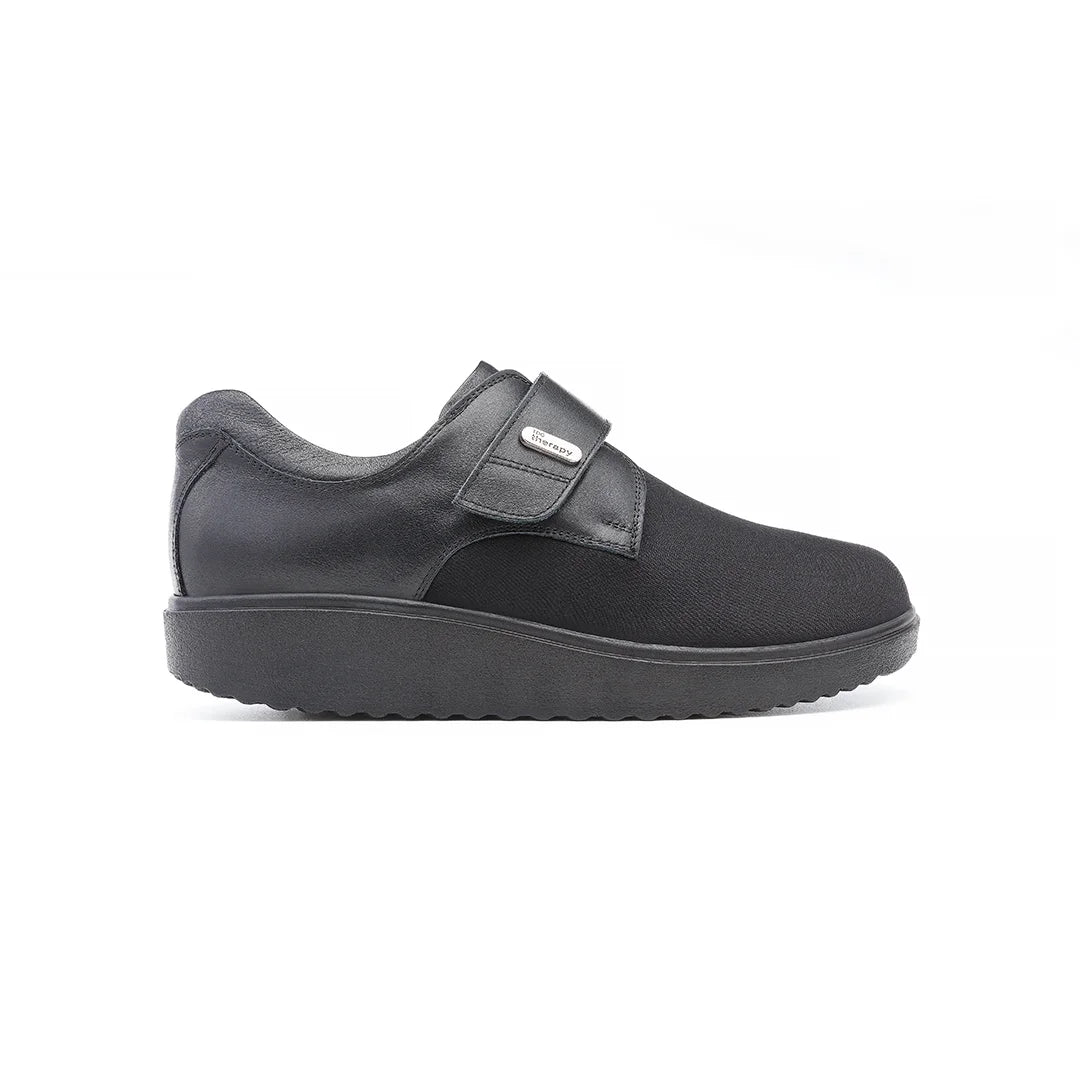Introduction
In many British households, slippers are a daily essential. They’re soft, easy to slide into, and keep feet warm against cold floors. For elderly people, however, slippers can present hidden dangers. Traditional slippers often lack proper support, offer little grip, and may slip off unexpectedly. This increases the risk of falls, which are unfortunately one of the leading causes of hospital admissions among seniors in the UK. According to NHS data, falls account for over 200,000 emergency admissions in older people each year. Footwear is a key factor.
That’s where house shoes come in. Unlike standard slippers, house shoes combine the comfort of indoor footwear with the stability and protection of orthopedic shoes. They are lightweight, cushioned, and secure—making them safer for elderly wearers who spend much of their day indoors.
This blog explores why house shoes are a safer choice than slippers, the key features to look for, and how they can improve daily life for seniors and their families.
Why House Shoes Are Better Than Slippers for Elderly
Slippers Can Increase Fall Risk
Many slippers have thin, flexible soles that provide little grip on smooth flooring like tiles, laminate, or wood. This makes them hazardous, especially if the wearer shuffles or drags their feet. House shoes, by contrast, are designed with non-slip outsoles that give steady traction indoors, significantly lowering the chance of slips.
Lack of Support in Slippers
Slippers often offer no arch support, cushioning, or heel stability. For seniors with arthritis, flat feet, diabetes, or balance issues, this lack of structure can worsen foot pain and lead to instability. Orthopedic house shoes provide arch support and cushioned insoles, which ease joint strain and make standing or walking less tiring.
The Problem of Loose Fit
Slippers may be easy to slip on—but they can also slip off. This loose fit causes tripping hazards and forces wearers to grip with their toes, creating further balance problems. House shoes are designed with Velcro straps or secure fastenings, so they stay firmly in place while still being easy to wear.
Continuous Protection
Elderly individuals are more vulnerable to stubbing toes, bruising, or injuring their feet on furniture. Slippers, especially open-toe designs, leave feet unprotected. House shoes are fully enclosed to shield feet while still feeling lightweight and breathable.

Key Features of the Best House Shoes for Elderly in the UK
Non-Slip Soles
Safety is the top priority. Good house shoes have slip-resistant soles that grip well on smooth floors, carpets, and stairs. This helps prevent dangerous falls inside the home.
Cushioned Insoles
Supportive insoles absorb impact and reduce pressure on sensitive areas such as the heels and arches. This is especially important for elderly people with conditions like plantar fasciitis, diabetes, or neuropathy.
Wide & Deep Fit
Many seniors experience swollen feet, bunions, or hammertoes. Shoes with extra depth and width provide a comfortable fit without squeezing, allowing space for custom insoles or orthotics if needed.
Easy Fastenings
Velcro straps are the best option for elderly wearers with arthritis or limited hand strength. They make shoes easy to put on and remove, while still ensuring a secure fit.
Lightweight but Supportive
Heavy shoes can increase fatigue and cause shuffling. House shoes should be lightweight but structured, offering a balance of comfort and stability.
Breathable & Warm Materials
The best house shoes combine warmth with breathability. Natural materials like leather or fabric with ventilation panels keep feet comfortable in both winter and summer.
Everyday Benefits of House Shoes for Elderly
-
Improved safety indoors: Non-slip soles reduce falls on hard flooring.
-
All-day comfort: Cushioned support prevents pain during long periods of standing or walking inside.
-
Better posture & balance: Orthopedic support improves alignment, reducing fatigue.
-
Peace of mind: Families know their loved ones are safer indoors with supportive footwear.
-
Stylish & dignified: Modern designs look smart, avoiding the “medical” appearance of some mobility aids.
Lifestyle Scenarios
-
Morning routines: Easy-to-fasten house shoes can be put on immediately after waking up, avoiding cold floors.
-
Cooking & chores: Standing for long periods in the kitchen or around the house becomes easier with cushioned support.
-
Social visits at home: Seniors can welcome guests confidently without worrying about unsafe slippers.
-
Relaxation & mobility aids: House shoes work well with walking sticks or frames, giving added stability.
FAQ – House Shoes for Elderly
Q: What’s the main difference between house shoes and slippers?
A: House shoes combine the comfort of slippers with orthopedic features—non-slip soles, cushioned insoles, and supportive structure—making them safer and healthier for seniors.
Q: Can elderly people wear slippers safely if they prefer them?
A: Only if the slippers have firm soles, non-slip grip, and secure fastenings. Standard loose slippers are not recommended.
Q: Are house shoes warm enough for UK winters?
A: Yes, many come with insulated linings that keep feet warm indoors without causing overheating.
Q: Can house shoes be worn outside?
A: Some designs are suitable for short trips outdoors, but most are intended primarily for indoor use.
Q: Do house shoes work for swollen feet?
A: Yes, models with wide, deep fittings and Velcro closures are perfect for feet that swell throughout the day.
Q: Are house shoes available on the NHS?
A: In some cases, the NHS may provide orthopedic footwear for patients with specific medical needs. However, many people purchase supportive house shoes privately.
Q: How often should house shoes be replaced?
A: Every 12–18 months, or sooner if soles wear down or cushioning flattens. Worn shoes lose grip and stability.
Final Thoughts
Slippers may be comfortable, but they aren’t always safe for elderly wearers. House shoes are a smarter, safer choice, offering orthopedic support, cushioned comfort, and slip-resistant soles to reduce fall risk. For seniors who spend much of their time indoors, the right footwear can make a huge difference to safety, mobility, and quality of life.
For families, encouraging elderly loved ones to swap loose slippers for supportive house shoes is a simple step that can prevent accidents and provide peace of mind. In the UK, many options are available that combine style with function—helping seniors stay independent, comfortable, and confident at home.




